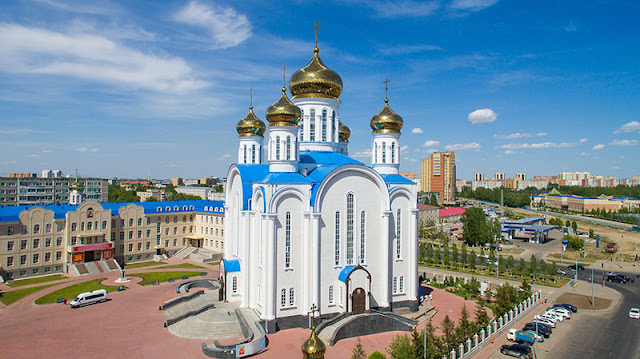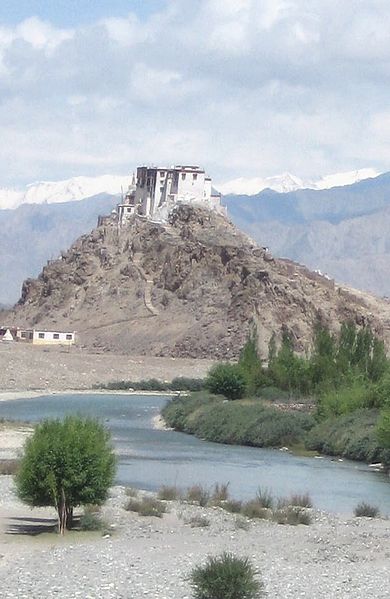Sofia is the beguiling capital of Bulgaria. A compact mix of the tradition and the modern, the city has been a huge drawcard for travelers for its beauty. With a history of more than 2000 years that is reflected in several architectural attractions in its possession, Sofia is also a base to explore the Bulgaria's beautiful hinterland.
This blend of old and new worlds makes for a fascinating exploration of the city's streets.
For tourists, its world-class museums, beautiful churches and street life are reason enough to visit. Following are the things to do in Sofia.
Aleksandâr Nevski Cathedral
One of the iconic emblems of Bulgaria, the massive Aleksandâr Nevski Cathedral is set in a large cobbled square. Built between 1882 and 1912 in memory of the 200,000 Russian soldiers who laid down their lives for Bulgaria’s independence during the Russo-Turkish War, this awe-inspring church is characterized by golden domes and incense- fragrant interior embellished by murals, pendulous chandeliers and throne where no king has ever sat.
Rotunda St. George
Built by the Romans, the 4th-century Rotunda of Sveti Georgi is the oldest structure in the city. Initially it was a pagan temple and became a church in the 6th century by the instruction of emperor Justinian. The 12th- to 14th-century frescoes inside the central dome of this UNESCO-protected small red-brick church are worth a glance.
Banya Bashi Mosque
Built in 1576, Banya Bashi Mosque is Sofia’s only functional mosque marked by red-brick minarets. This mosque is a remnant of the Turkish Ottoman Empire which ruled for more than five centuries in Bulgaria.
Sofia Synagogue
Designed by Austrian architect Friedrich Gruenanger, this beautiful synagogue was built between 1905 and 1909. The synagogue features massive Viennese chandelier, the biggest in the country.
Zhenski Pazar
Known as "Women's Market," Zhenski Pazar is a popular shopping street in Sofia. It is a great place to stroll down to pick up freshly baked banitsa or sweet cherries.
Church of St. (Sveta) Sofia
Established in the 5th century, Sveta Sofia is one of the oldest churches in Sofia which is named after it.
Ethnographic Museum and National Art Gallery
Housed in a former Royal Palace the National Art Gallery and Ethnographic Museum is worth visiting. The Ethnographic Museum has an amazing collection of folk arts and crafts.
Archaeological Museum
Housed in a former mosque built in the 15th century, this museum is a repository of Thracian, Greek, Roman and medieval artefacts. Exhibits include 400 B.C. Thracian gold burial mask upstairs, and a wonderful bronze head.
St. Nedelya Church
Completed in 1863 this church was largely destroyed by a bomb by communists in 1925 -- intended to assassinate Tsar Boris III. A major landmark of Sofia, the building is famous for its rich, Byzantine-style murals.
Shopping in Sofia
There are several boutiques lining Vitosha Boulevard, the chief shopping street of Sofia. You can drop in at Rumi Factory Outlet which has a collection of cheap leather products.
Another worthwhile stop is Alexander Nevski Square Flea Market for arts and crafts products. This open market in front of the St. Sofia Church is the best place to buy embroidered tablecloths, handmade toys, Russian dolls, knitted socks, ceramics, various carved items, and antiques.
 Belarus-Minsk-City Hall / Image Credit
Belarus-Minsk-City Hall / Image Credit


















































